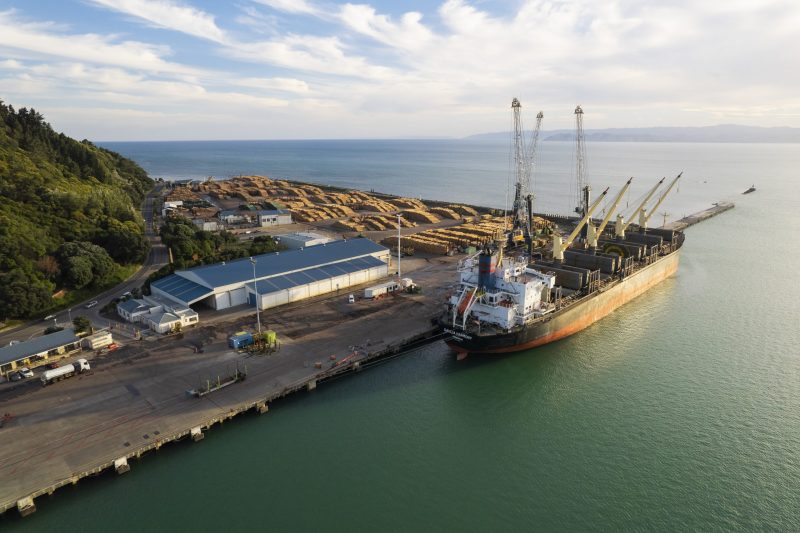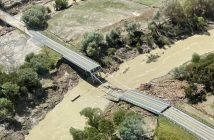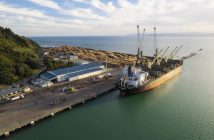As many traditional tenders are construct only, this can reduce opportunities to look at alternative methods or materials that reduce carbon emissions – this was not the case at Eastland Port

Eastland Ports engaged McConnell Dowell in an Early Contractor Involvement (ECI) process to construct Wharf 7, a 240m structure that required upgrade to create a twin berth in Gisborne.
The original design was to demolish the existing structure, construct a secant retaining wall and then backfill it with hardfill to ground level, finishing with a concrete deck.
“As an infrastructure contractor who deals with vast amounts of concrete, steel and operating large plant, it may seem that the opportunities to be sustainable are sparse,” says McConnell Dowell Constructors Managing Director New Zealand & Pacific Islands, Fraser Wyllie.
“However with the ECI process, we were able to offer an alternative deck on pile solution, using the existing piles to support the structure. This reduced the requirement for new piles by 50 per cent.
“The benefits immediately satisfied the stakeholders’ concerns around vibration and seabed disturbance on marine life in the vicinity of the wharf. This was hugely important for Eastland Ports who are heavily involved in the community.
“The change provided a cost reduction to the project and substantial savings in carbon emissions on the original design.
“To gain the hardfill required, a truck would have to complete an 80km round trip to the nearest quarry, a total of 3,300 truck movements to complete the delivery of hardfill. That equates to 220,000 litres of diesel or the equivalent fuel required to drive a car around the earth 55 times.
“In total, 593 tonnes of carbon dioxide were not emitted into the atmosphere because of this change.”
Using digital tools, McConnell Dowell has also implemented a carbon, waste and energy platform which allows for real time monitoring of material and fuel consumption on the project.
This allows for analysis of completed and upcoming activities so further reductions can be identified and acted upon. The project management team can then measure how well they are performing against their targets, capture new initiatives and measure their impact on the carbon footprint, Wyllie says.
“Without Eastland Ports using a procurement model that allowed for collaboration and an alternative design, the gains on reducing carbon emissions would have been substantially lower. With this type of collaboration, the carbon zero 2050 goal is an exciting prospect which will drive new innovation and different ways of thinking which betters our industry.”








